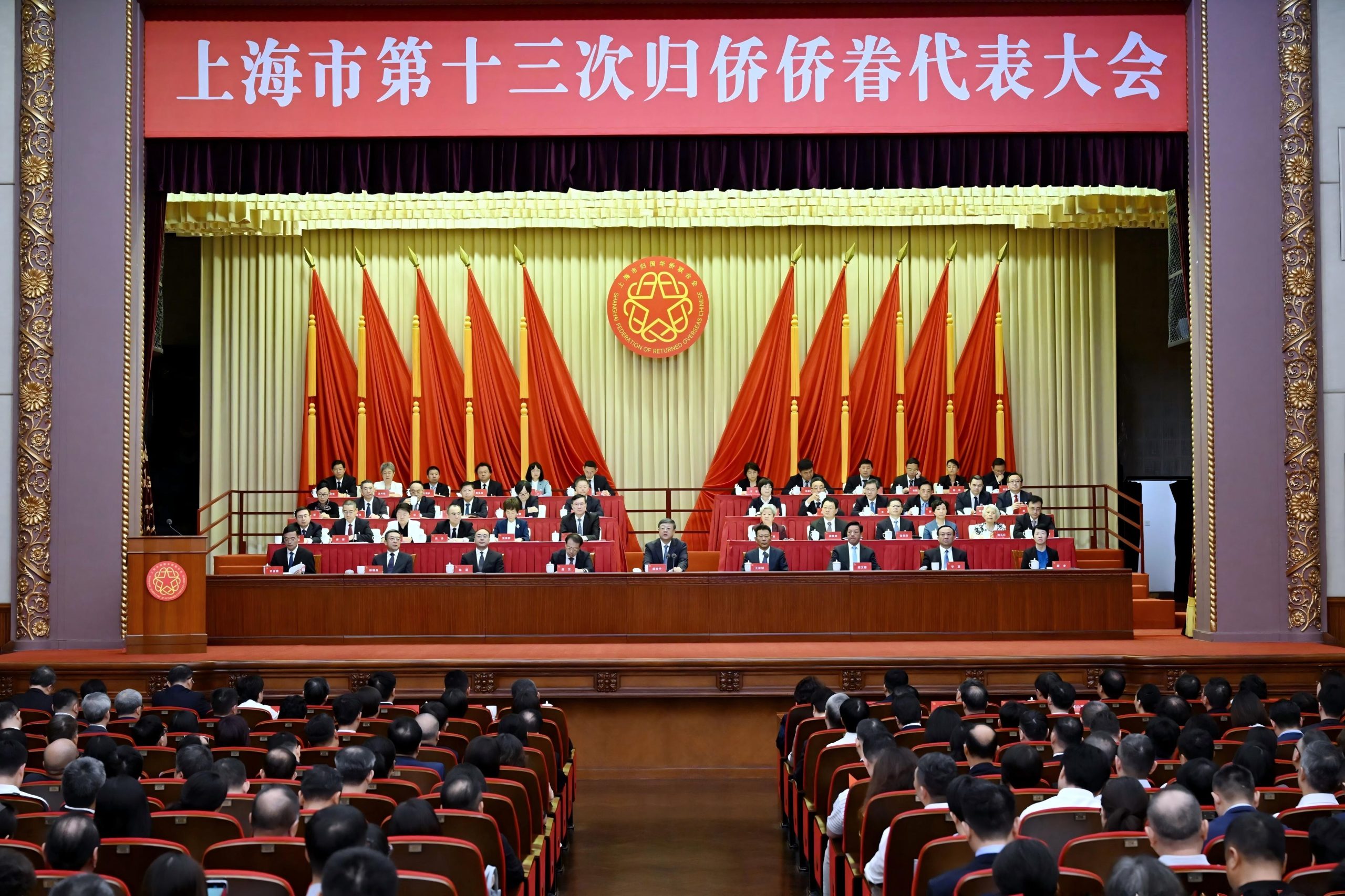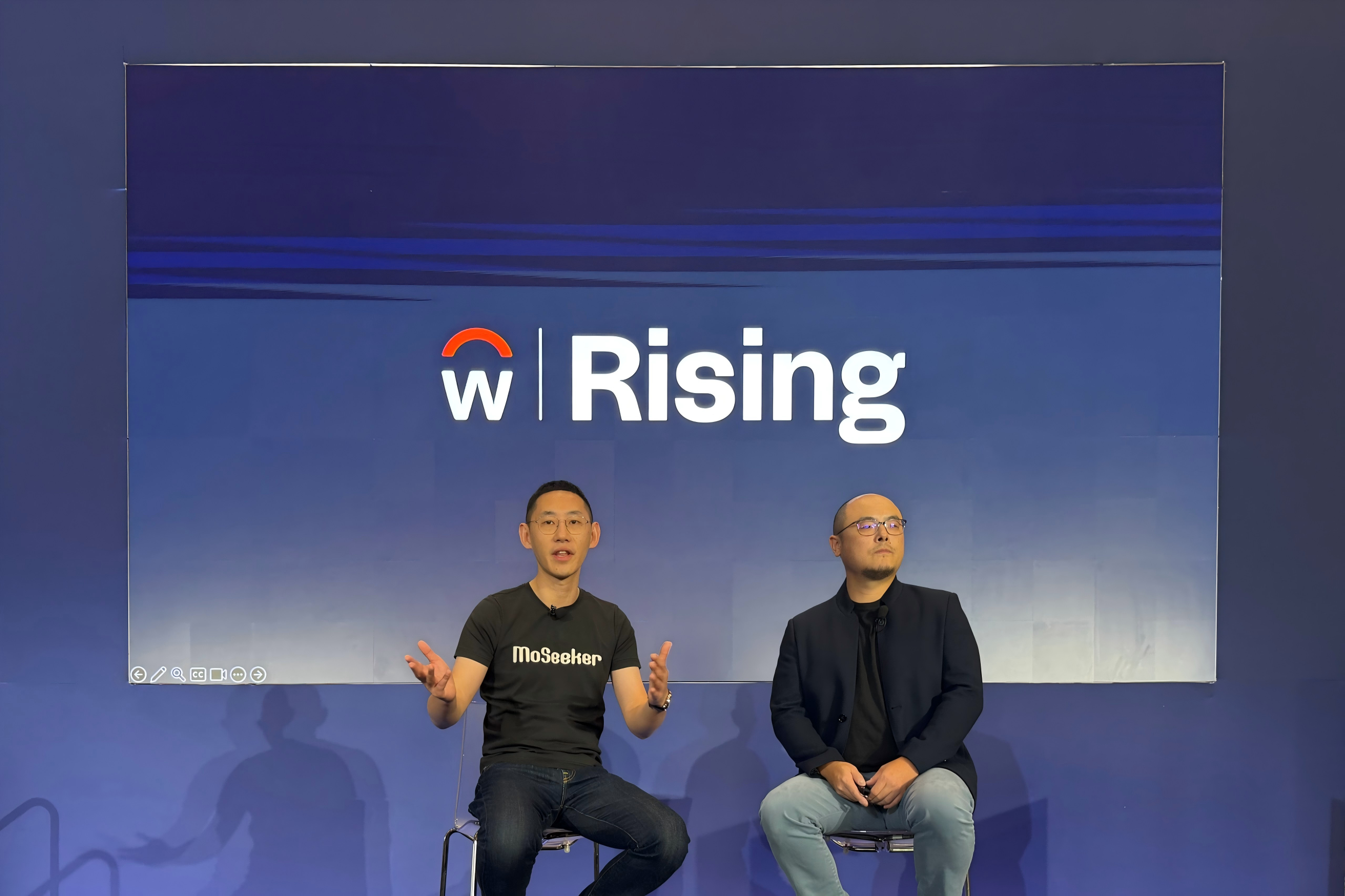Recently, the industry was shaken by a report from a leading tech giant, exposing a recruitment fraud case involving nearly a hundred people. In the contractor selection process, several full-time employees engaged in violations such as arranging or participating in proxy testing and leaking service capability assessment questions to candidates. Moreover, multiple individuals profited by selling the company’s informational assets. These actions seriously violated the company’s business management requirements, resulting in penalties such as dismissal, demotion, and salary reduction.
This is not the first recruitment fraud in history, and it certainly won’t be the last. Such collective misconduct reveals deep challenges in talent selection and organizational governance, exposing an inherent flaw in traditional hiring practices: “person-to-person” supervision is no match for human greed, no matter how strict the regulations. Accountability after the fact is merely damage control—can proactive measures nip these issues in the bud?
In other words, how can we leverage technology to prevent fraudulent activity in recruitment and ensure true fairness?

Traditional interview methods rely heavily on manual involvement, making standardization difficult and the process non-traceable, which creates significant room for recruitment fraud. In fact, these challenges have long been addressable—or at least partially remedied—through technological solutions. For example, as it helps companies conduct large-scale interviews efficiently, cost-effectively, and quickly, MoSeeker AI Interview also places strong emphasis on preventing interview cheating.
To this end, MoSeeker AI Interview has developed complex anti-cheating mechanisms, incorporating features such as dynamic question banks, scenario simulations, screen monitoring, stress testing, and multimodal detection. These measures ensure that candidates complete the interview independently, without the aid of external tools or materials.
- Multimodal Detection: By analyzing video, audio, and text data from the interview, the system can detect signs of independent answering through changes in eye contact, speech tone, phrasing, and sentence segmentation.
- Behavior Analysis: Leveraging natural language processing (NLP) technology, the platform evaluates the consistency of a candidate’s language style. Near-perfect or highly uniform responses will trigger alerts.
- Dynamic Question Bank: Each interview randomly selects questions from a large pool, and can automatically generate questions relevant to the candidate’s background and role requirements, rendering prior preparation ineffective.
- Scenario Simulation: Scenario-based questions are added, requiring candidates to make decisions in specific contexts—these types of questions are much harder for cheating tools to generate high-quality answers for directly.
- Screen Monitoring: Candidates may be required to share their screens during the interview, allowing real-time observation of their actions while responding and ensuring the task is completed independently.
- Image Analysis: The system analyzes webcam footage to ensure the candidate’s face remains within camera view at all times, and checks for the presence of other individuals assisting with the interview.
- Time Limits: Each question has a set response time, forcing candidates to think quickly and answer promptly, thereby limiting opportunities to consult external resources.
- Stress Testing: Challenging questions are used to observe the candidate’s reactions under pressure; under normal circumstances, a certain degree of tension is to be expected.
- Manual Review: For high-risk or key positions, human resources experts are tasked with reviewing the AI’s initial assessment—especially when responses appear too perfect.
By implementing MoSeeker’s AI interview system, all three major risks highlighted in the recent fraud report can be effectively controlled. For instances of someone arranging or participating in proxy interviews, anomalies can be immediately detected through image analysis and manual review. As for leaking interview questions to candidates, dynamic question banks and scenario simulations render such attempts futile.
Traditional interview models face a major shortcoming when confronted with recruitment fraud: the process is not traceable, which breeds an environment ripe for violations and enables fraudulent activities to flourish, especially in offline settings. In contrast, AI interviews preserve all data, making future audits a simple matter of retrieving the records—cheating behaviors simply cannot be concealed.
Of course, beyond combating fraud, AI interviews can also significantly reduce unconscious bias and improve the fairness and transparency of talent evaluation. At its core, the fundamental logic is to transform experience-driven and intuitive “human judgment” in recruitment processes into standardized and quantifiable “algorithmic rules.”
AI-powered initial screening holds a crucial position in the recruitment funnel, especially for large organizations that receive massive volumes of applications. By leveraging intelligent screening, companies can filter out a substantial proportion of candidates who do not meet job requirements right from the start. For example, in a campus recruitment project carried out in partnership with a well-known food manufacturer, the pass rate for the AI interview screening was about one out of seven, meaning six out of seven candidates were filtered out—dramatically streamlining the target pool.
Where humans may be tempted to act in their own self-interest, a line of code remains consistently impartial. In today’s fiercely competitive talent market, where coveted positions are shadowed by the risk of profiteering, organizations must rely on both the deterrence of strict rules and the protection afforded by technological firewalls. Only by making cheating “virtually impossible” instead of “high risk, high reward”—transforming it from “won’t dare” to “can’t do”—can companies achieve sustainable, long-term stability.
Otherwise, such costly lessons are bound to recur.



